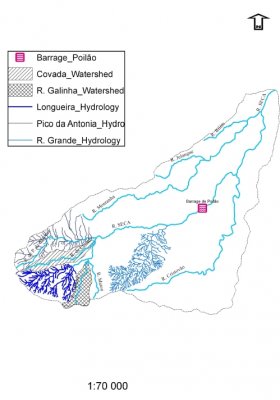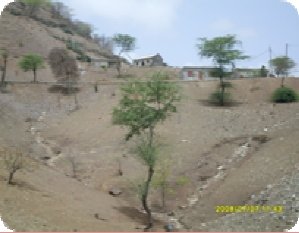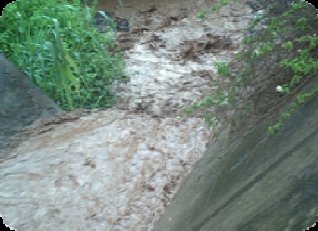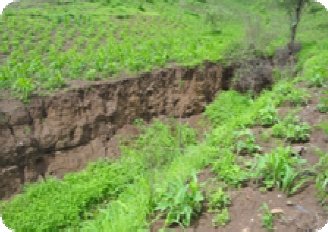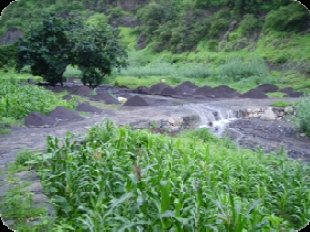| Field experiments |
 |
|
Potential Technologies to combat Desertification, land degradation and to improve farmer’s income Authors: Tavares, J., Baptista, I., Gomes, S., Gomes I., Amoros, R., Ferreira, A., 2009 – 2010
The results of research, fieldworks, the philosophy of DESIRE Project, and the 2nd stakeholders meeting led us to set some goals:
Since 2006, the agriculture sector in the basin has experienced a tremendous growth due to the construction of the Poilão’s dam, providing a large volume of water for irrigation. The population of Ribeira Seca is well organized into community based associations, with more than 10 communities emerging in recent years. Each association is affiliated under the umbrella of a larger organization named OASIS (Organization of Farmers and animal breeders associations of Santiago), all legally recognized. The participation of women in each association is fairly representative. These rural groups play an extraordinary role in the protection and conservation of natural resources in partnership with the Government, the political and local authorities, and NGOs.
The socio-economic vulnerability of the rural families, associated with the low and poorly distributed rainfall, forces the farmers to overuse biological materials of soils . Thus, the bare slopes quickly become an easy prey for rainfall erosivity that sweeps away soil fertility, mineral and organic matter. This causes rill erosion upstream, while downstream, where runoff concentrates, gully erosion accentuates from year to year. This export of original land and off-site sedimentation reduces the capacity of ponds to store water, disrupts the cycles of water and biomass, and causes decrease of crop production and ecological imbalance ecosystems. Therefore, the concerns of farmers increase and the search for drinking water in the arid and semi arid regions, where the deficit water is more pronounced, becomes more chronic.
|
|||||||||||||||||||||||||||||||
Study sites
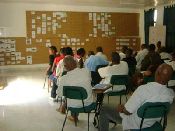
Acknowledgement
The DESIRE project was
|
DESIRE brought together the expertise of
26 international research institutes
and non-governmental organisations.
This website does not necessarily
represent the opinion of the
European Commission. The European
Commission is not responsible for
any use that might be made of the
information contained herein. 

